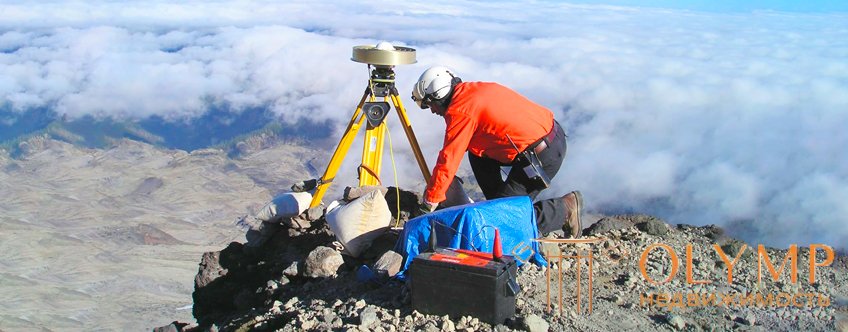
Engineering and meteorological surveys are carried out in order to find out the influence of various physical phenomena and processes occurring in the atmosphere on the construction and operation of engineering structures, on their reliability and durability. For example, meteorological engineering surveys are urgently needed to account for the dynamic effect of wind load on flexible structures. Under the influence of the wind, these structures experience fluctuations that occur not only along, but also across the wind flow. When designing airports and power lines, observation materials for thunderstorms, ice and wind are taken into account. Engineering and meteorological surveys are carried out in close connection with engineering and hydrological surveys.
For hydrological calculations using the water balance equation, for calculating runoff and maximum flow, data on precipitation are required. Evaporation is taken into account both in hydrological calculations and in determining water losses in reservoirs, canals, etc. The study of the strength and direction of the wind is important for the characterization of the level regime of lakes and reservoirs. Under the action of wind, surges and sweeps occur, which influence the pressure of hydroelectric stations and are taken into account when calculating wave sizes, etc.
When assessing the accuracy of geodesic measurements, the influence of meteorological factors is combined into one common source of errors - the influence of the external environment. Mete-corrections are introduced when measuring distances with light and radio range finders, corrections for horizontal and vertical refraction when measuring angles, corrections for changing the length of measuring instruments as a function of temperature, etc.
In the study of atmospheric phenomena and processes find their quantitative and qualitative characteristics. These characteristics are called meteorological elements. Their number is large enough. The main characteristics are the following: air temperature, atmospheric pressure, air humidity, wind speed and direction, cloudiness. Basically, these data are obtained on the basis of constant observations at fixed stations or posts. The obtained data of systematic observations summarize and they are used as reference and normative in the design of buildings and structures.
Что бы оставить комментарий войдите
Комментарии (0)